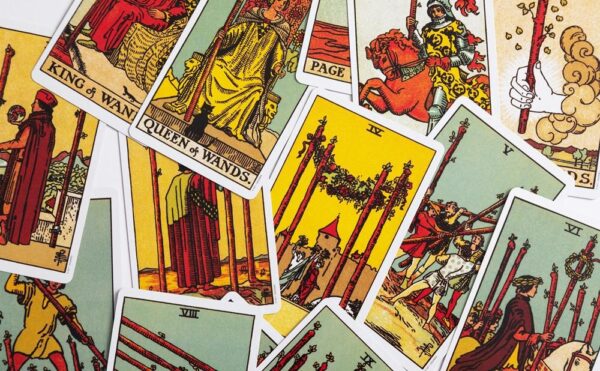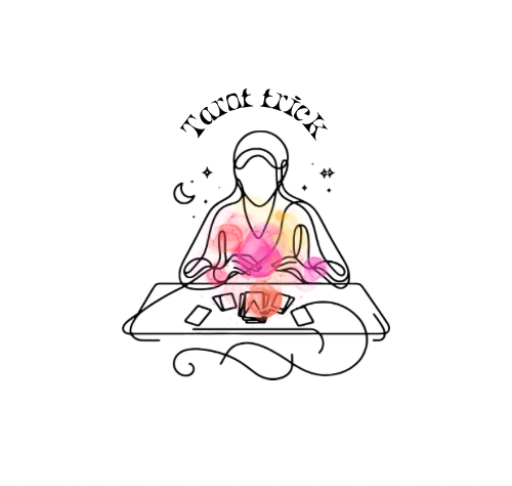
The origins of tarot are somewhat mysterious. Tarot cards are believed to have originated in Europe during the 15th century, possibly as a card game. Over time, they began to take on a more mystical and divinatory meaning, especially after their association with occult practices in the 18th and 19th centuries. Tarot became especially popular in the context of the Western occult tradition, particularly through the works of figures like Eliphas Lévi and Aleister Crowley.
Today, tarot is often used in a wide variety of ways: as a spiritual practice, for creative inspiration, and as a means of personal insight.
How to Use Tarot Cards
- Pick a Deck: Tarot decks come in many styles, ranging from traditional designs to highly artistic or themed decks. Choose one that resonates with you.
- Set an Intention: Before you begin, take a moment to reflect on the question or intention you’d like to explore.
- Shuffle the Cards: While shuffling, allow your mind to focus on your question or the energy you’d like to tap into.
- Choose a Spread: Decide on how many cards you want to pull and how you want to lay them out. There are simple single-card pulls and more complex spreads.
- Interpret the Cards: Look at each card’s symbolism and how it connects to your question. Trust your intuition, and don’t be afraid to explore different interpretations.
- Reflect and Apply: Use the insights you gain from the reading to reflect on your situation and guide your decisions moving forward.
Tarot readings can offer powerful insight, but it’s important to approach them with an open mind and an understanding that the cards are a tool for reflection rather than a deterministic prediction of the future.
